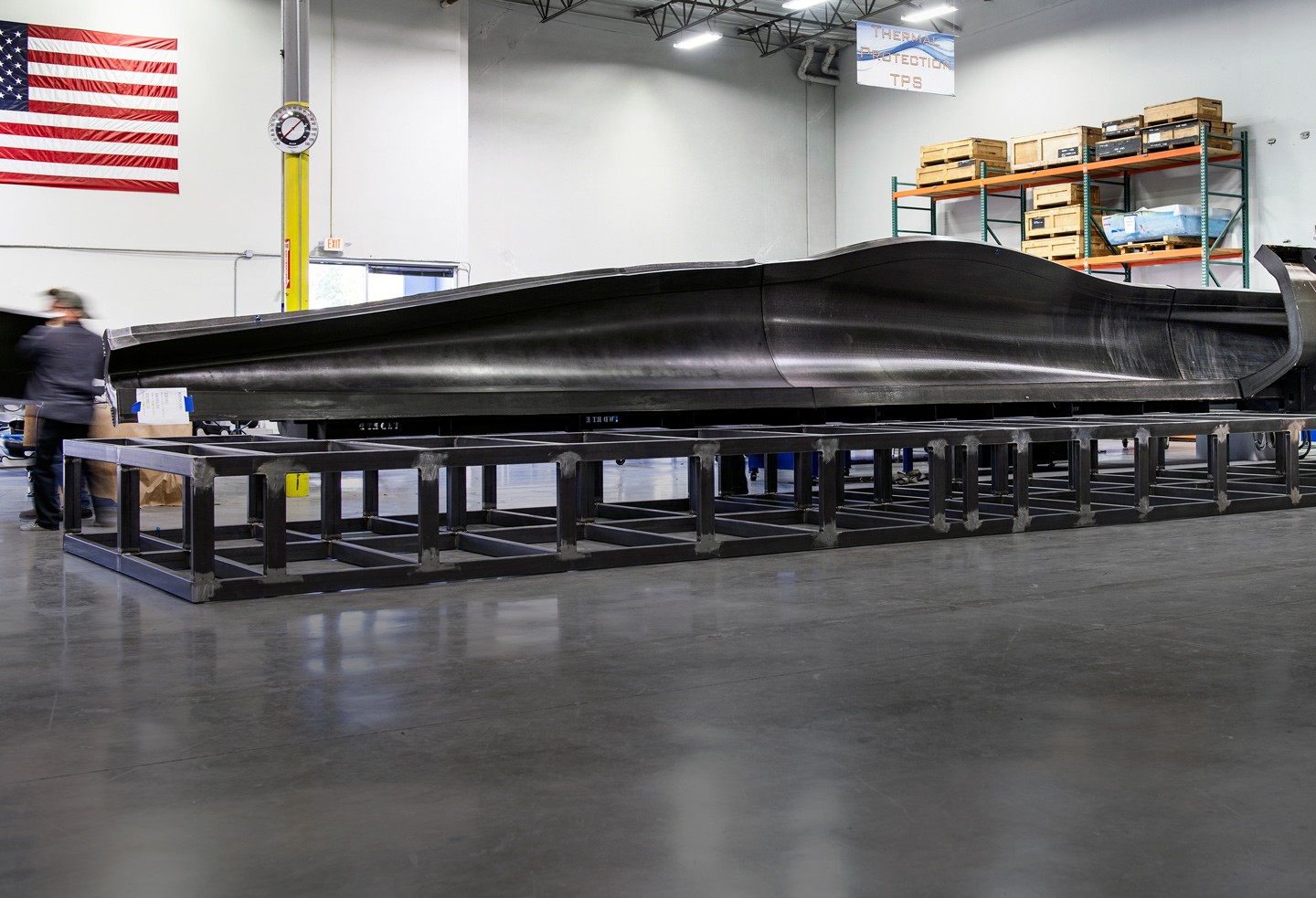Californian metal additive manufacturing technology company VELO3D has announced a partnership with Boom Supersonic, a Colorado-based aerospace company, to 3D print flight hardware for the XB-1 aircraft.
As the first independently-developed supersonic jet traveling at Mach 2.2 (1687mph), the XB-1 comprises of over 3,700 parts including custom composite structure, tricycle landing gear, flight control actuators, systems for pressurization and cooling, avionics, and a high-bandwidth telemetry system.
VELO3D’s direct metal laser sintering (DMLS) technology, Intelligent Fusion, is being used to support the construction of the supersonic aircraft. Mike Jagemann, Head of XB-1 Production, Boom Supersonic, said,
“High-speed air travel relies on technology that is proven to be safe, reliable, and efficient, and by partnering with VELO3D we’re aligning ourselves with a leader in additive manufacturing that will print the flight hardware for XB-1.”
“VELO3D helped us understand the capabilities and limitations of metal additive manufacturing and the positive impact it would potentially have on our supersonic aircraft.”
“Reimagining the commercial aircraft experience”
To meet the demands of the aerospace, energy, and medical industries, VELO3D’s metal 3D printer, the Sapphire System, has been designed for high volume manufacturing. This system allows engineers to realize designs with overhangs lower than 10°, and large inner diameters without supports and features integrated in-situ process metrology for closed loop melt pool control.
Following the commercialization of the Sapphire System in 2018, the company has announced that as many as five of its machines are in use by an aerospace OEM to produce additively manufactured rocket components. This latest partnership with Boom Supersonic will enable the creation of complex parts able to withstand the stresses of supersonic aircraft.
“Boom is reimagining the entire commercial aircraft experience, from the design, build, and materials used,” said Benny Buller, CEO of VELO3D. “Our technology is designed to help innovators like Boom rethink what’s possible, empower advanced designs with little or no post-processing, and enable an entirely new approach to production.”
“Boom needed more than just prototypes and we’re thrilled to help them create the first 3D-printed metal parts for an aircraft that will move faster than the speed of sound.”

Preparing for supersonic flight
Earlier this month, Stratasys announced an update to its partnership with Boom Supersonic, with a seven-year partnership extension to accelerate the development of flight hardware for the XB-1 aircraft.
Presently, Boom Supersonic and VELO3D have conducted validation trials of various parts which performed accurately and are developing two titanium flight hardware parts to be installed on the prototype aircraft in early 2020.
Both 3D printed parts will be part of the environmental control system (ECS) to ensure the aircraft can achieve safe flight at all conditions. Jagemann added, “We look forward to sharing details about the aircraft development and improved system performance once XB-1 takes flight.”

For more additive manufacturing news subscribe to the 3D Printing Industry newsletter and follow us on Twitter and Facebook.
Searching for a career in additive manufacturing? Visit 3D Printing Jobs for a selection of roles in the industry.
Featured image shows the XB-1 supersonic aircraft. Image via Boom Supersonic.

